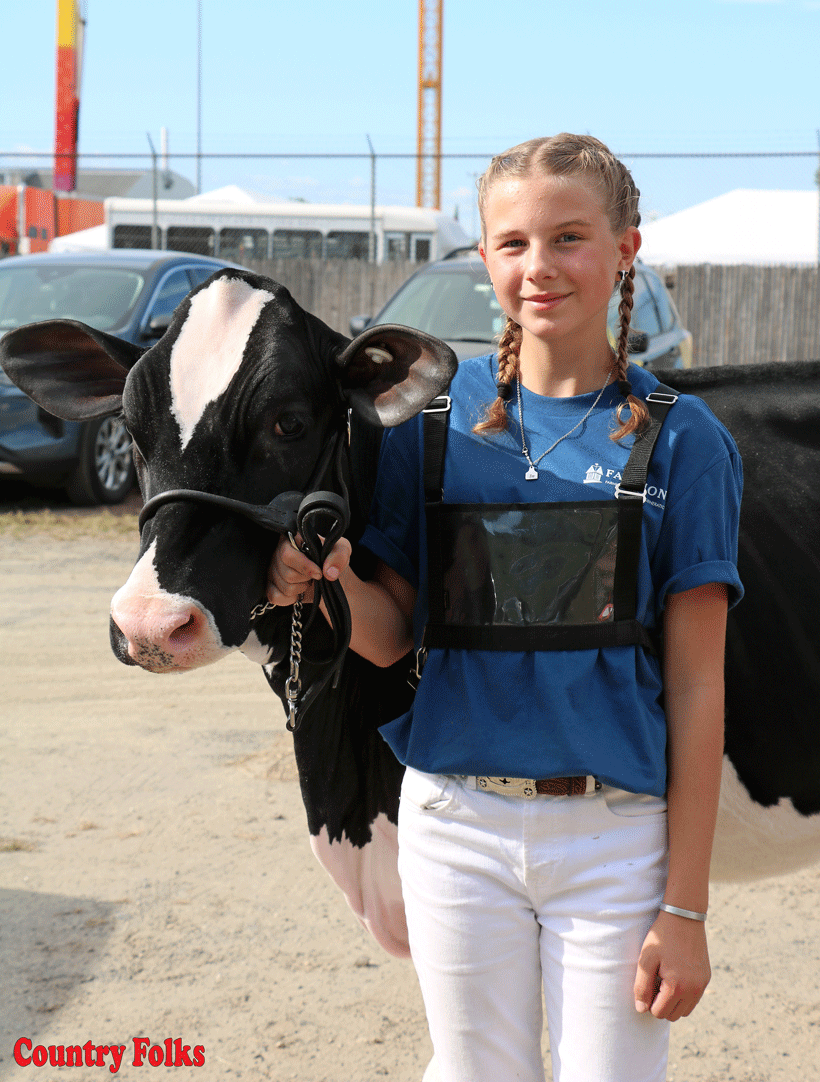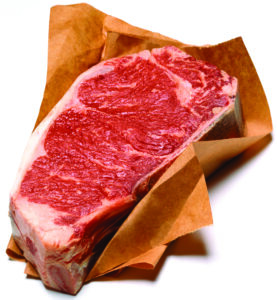There’s been a lot of discussion around biosecurity, especially around the ever-changing situation with foot-and-mouth disease (FMD) around the world.
Lisa Pederson, livestock specialist at the Central Grasslands Research Extension Center in Streeter, ND, describes biosecurity as the combination of practices to prevent the introduction or spread of disease between animals or between animals and people.
“Biosecurity is a verb because it’s constantly changing,” said Pederson. “It’s more than a plan that’s built but never looked at again. In order for a biosecurity plan to be the most effective it must be done daily. We have to be intentional about the effort.”
For famers, biosecurity is the least costly and most effective disease control tool.
Dr. Julia Herman, veterinarian with the National Cattlemen’s Beef Association (NCBA), said many producers haven’t dealt with a new or highly contagious disease. “We can take a lot of lessons from our partners in the dairy industry,” she said. “They have a new disease [HPAI] we haven’t characterized before, so they’re learning as they go. We should learn from them and from other livestock industries that have dealt with highly infectious and highly economic diseases.”
Producers must be prepared in the event enhanced biosecurity is needed. While biosecurity measures can’t eliminate the risk of disease, mitigating exposure is the key. Herman admitted that while the basic steps in creating a biosecurity plan might be simple, an enhanced biosecurity plan may appear more daunting and require time to develop a customized plan to suit individual operations.
Biosecurity is critical in preventing diseases such as BRD, Johne’s, brucellosis and foreign animal diseases such as FMD. “If we have fewer disease challenges, we have better animal health,” said Herman. “If we improve nutrition, their immune systems will be stronger, and animals will be healthier and not as affected by disease incursions. If the germ load is decreased through cleaning and disinfection, animal health is better because the dose of the infectious pathogen is lower, hopefully resulting in less severe disease.”
FMD is the most contagious viral disease of split-hoofed animals in the world. “Cattle, pigs, sheep and goats get blisters, or vesicles, on their feet and mouths,” Herman said. “Death is low in adult animals, but sickness is high. The U.S. hasn’t seen foot-and-mouth disease since 1929. Our entire livestock industry is naïve so it’s going to spread very quickly.”
FMD is spread between livestock through bodily fluids such as saliva, urine, milk and semen. Like many viral diseases, the virus is shed and is contagious two to four days before clinical signs appear. FMD is not a public health or food safety concern – humans don’t get sick from it, and meat from affected animals is safe to eat. However, FMD is a world trade-limiting disease that would quickly halt exports. Depopulation, which is how the UK handled FMD in 2001, is a common control strategy.
When creating a daily biosecurity plan, producers should consider every way pathogens might enter the farm. “Disease can come in on animals and animal products, which is why quarantining and testing new animals before they come onto the farm is important,” said Herman. “Wildlife, rodents and birds can spread disease, so having an integrated pest management plan is essential.”
Pathogens spread via humans is an area that can be improved. Consider everything from clothing and footwear of anyone coming onto the farm, including employees and vendors, to all vehicles and feed.
“If F&M disease gets to the U.S., there will be a national standstill of at least 72 hours,” said Herman. “This will be to understand where infected animals and exposed animals are and figure out where we can contain the outbreak as quickly as possible. The premises identification document outlines why such a document is needed, and how producers can obtain the number. This document aligns with federal guidance that everyone will be required to follow in the event of a F&M outbreak.”
A list of enhanced biosecurity supplies includes items that most producers will have on hand in addition to items that producers may not have considered. One section lists items for creating a line of separation (LOS) which include gates, cones, panels, rope, buckets, barrels, straw bales, fence posts, paint or anything else that help define boundaries.
A section on biosecure entry procedures lists information that may be overlooked by producers, including having solid benches/chairs that can be cleaned and disinfected, handwashing stations, farm-dedicated clothing and footwear and markings for LOS.
Producers will have to develop plans for continuity of business in the event of disease outbreak. Such plans will involve state-issued movement permits for limited animal movement that will allow healthy animals to go to harvest.
“All resources for the Secure Beef Supply Plan and biosecurity resources are available on the Secure Beef Supply and BQA websites,” said Herman. “Our goal is to get information in the hands of producers and haulers.”
Under development are videos to cover biosecurity measures for various sectors of the beef industry and to help them develop plans.
The Secure Beef Supply Plan provides resources to protect herds and control areas affected by movement controls but not infected with FMD in order to maintain supply chain integrity.
“Anyone within the cattle industry will rely on cattle movement to provide quality beef products to grocers and consumers,” Herman said. “The plan provides guidance for moving cattle and minimizing lost income across sectors of the beef industry during an outbreak.”
Visit securebeef.org for more information on the Secure Beef Plan.
by Sally Colby











Leave A Comment